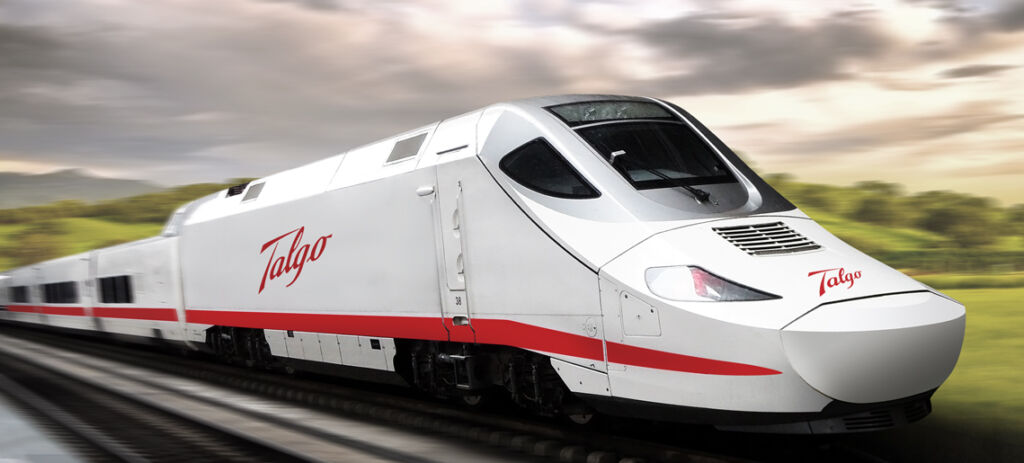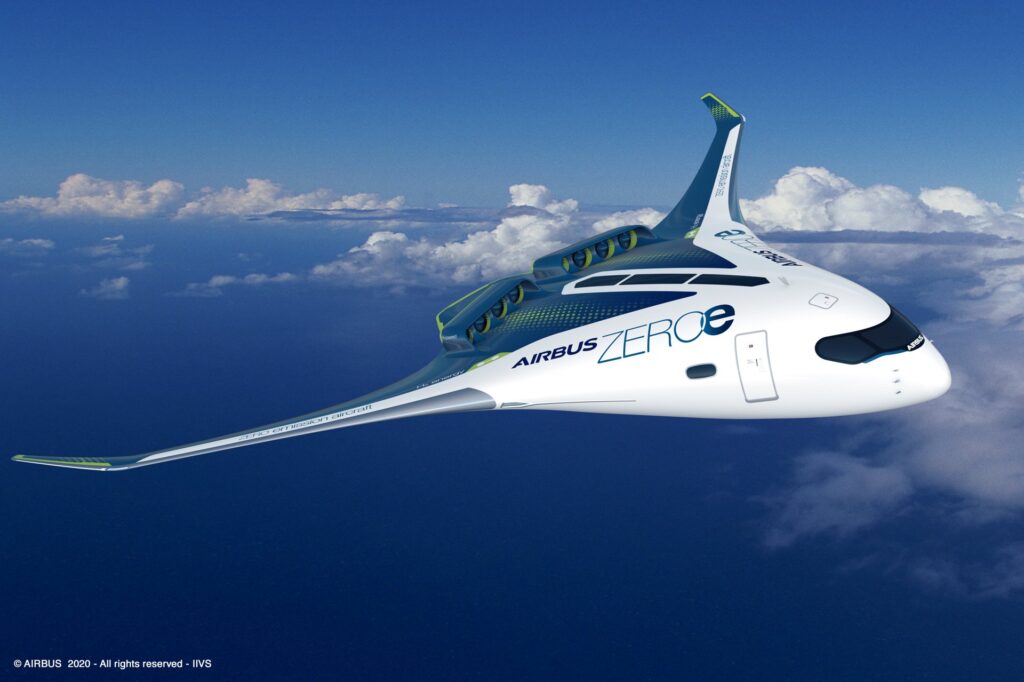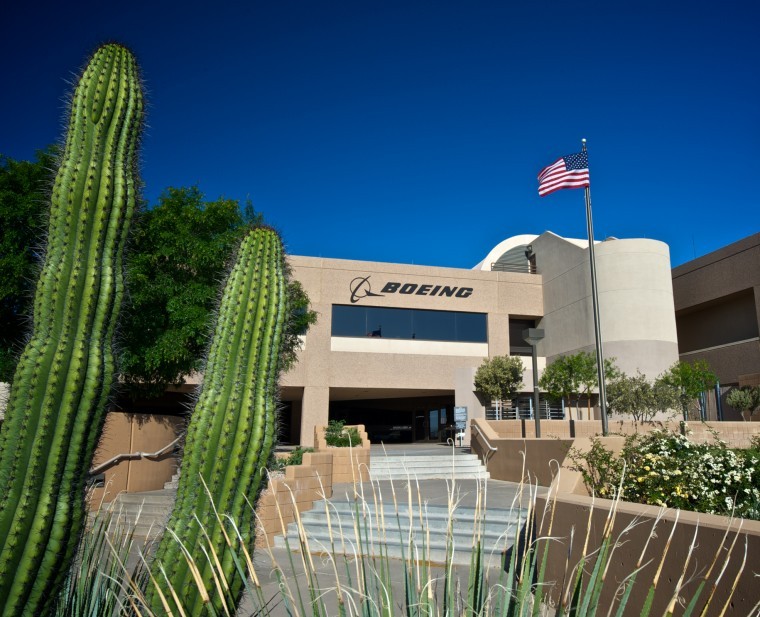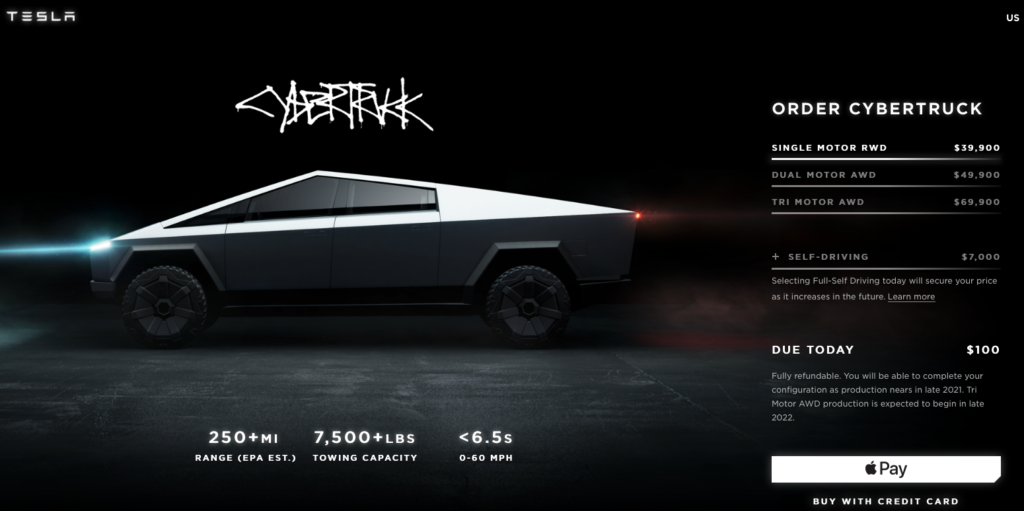Talgo Begins Rail Test for Very High-Speed Avril Train
The first unit of the very high-speed train Talgo Avril began its first rail tests this week, a decisive step in the technical homologation, prior to its commercial circulation by Spanish operator Renfe. This is…




